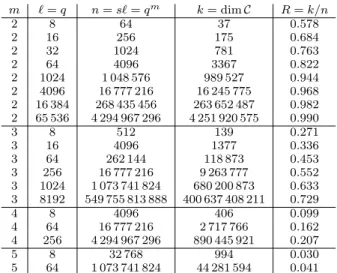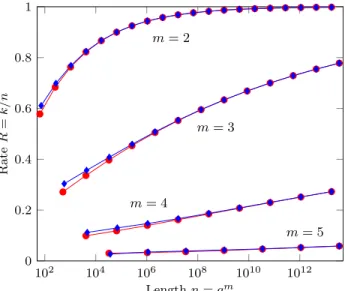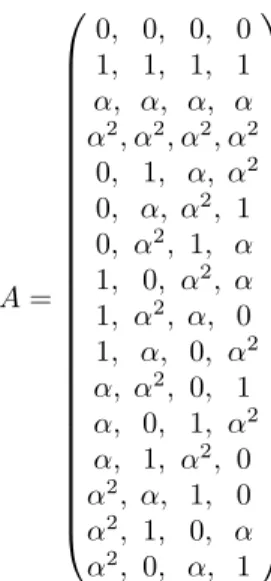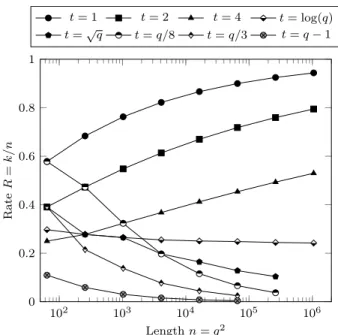Private Information Retrieval from Transversal Designs
Texte intégral
Figure




Documents relatifs
Algebraic approaches to storage and network coding - COST IC1104, Feb 2014, Barcelone, Spain... RLC and AL-FEC
In this paper, we describe a method of construction of orthogonal designs. Unlike all known constructions which are inductive, i.e., use block matrices of small sizes to
Key words: information retrieval, query expansion, analysis of query terms, relevance feedback, global analysis,
We invite human evaluators to examine the tweets identified as family-related from 50 random users, to determine whether each tweet is truly related to family members. As the
This column will also be used as a virtual database of n 1/3 elements, and the third query will be used to obtain the PIR reply containing the element the user is interested
atiques liées à l ’en tretien du bâ ti en pisé rest aur ation : amélior er les pr atiques de r estaur ation du bâ ti en pisé recher che : amélior er la c onnaissanc e du
This paper aims at justifying and formalizing the role of the diachronic approach, and its tool, the timeline, in ethnographic research with regard to the other methods
The increase in tra ffic (HDV and LDV) coincides with the rise in fluxes and in the afternoon, the fluxes.. Title Page Abstract Introduction Conclusions References Tables Figures J I

